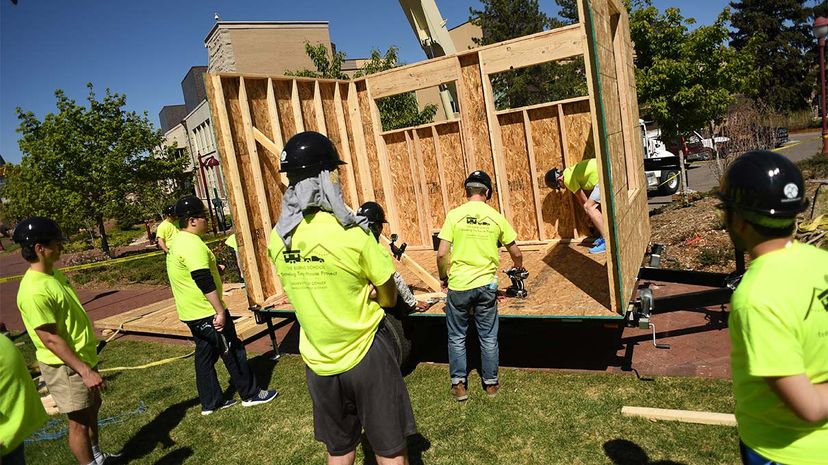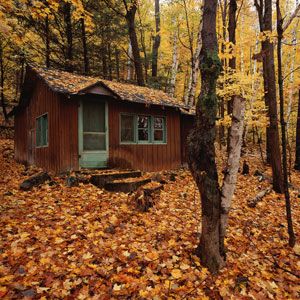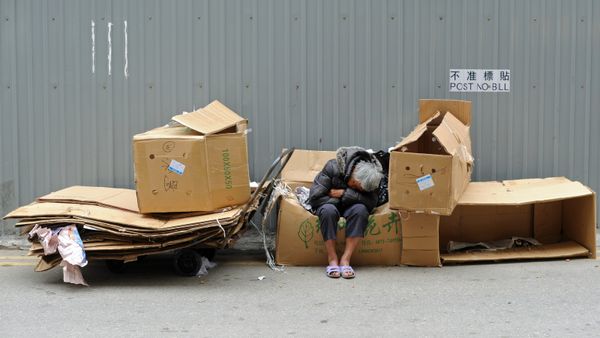
The tiny house trend began two decades ago as a social movement espousing radical simplicity by people who wanted to downsize their physical space, lower their debt and minimize their environmental footprint.
Operating on the premise that housing is a right not a privilege, tiny house villages and encampment projects are now part of a burgeoning campaign in cities and townships across the country to help provide shelter for America's growing homeless population — a membership that includes not just people suffering from mental illness and addiction, but also displaced under- and unemployed individuals, families with children, teenagers, the elderly and military veterans.
Advertisement
As journalist and political activist Barbara Ehrenreich observed in her book Nickel and Dimed, "Poverty is not a character failing or a lack of motivation. Poverty is a shortage of money." That said, here's an un-fun fact that will make your eye twitch: Millions of Americans are just one paycheck away from being homeless.
According to the December 2017 U.S. Department of Housing and Urban Development (HUD) annual report, the number of Americans without a safe and consistent place to dwell grew for the first time in seven years to nearly 554,000 people, 40,000 of whom are military veterans, numbers that are up 1 percent from 2016. However, the National Law Center for Homelessness and Poverty says HUD's figures underestimate the numbers, suggesting that more than 3.5 million people, including as many as 1.35 million children, are homeless or under-sheltered each year in America. And the National Alliance to End Homelessness estimates that the U.S. needs as many as 7 million more affordable living spaces to meet its current homeless and low-income needs.
While the nation's overall homeless population decreased by around 83,000 since 2010, at least 10 west coast cities have declared states of emergency since 2015 due to an explosion of homelessness. The main surge in the numbers of un-housed people is driven by cities in Washington, Oregon and California.
Since people helping people is what it's all about, the tiny house movement for the homeless is currently supported mainly by private donors, individuals, GoFundMe initiatives, non-profit organizations, charities, faith-based entities and organizations like the Low Income Housing Institute, all operating and building tiny shelters with mostly volunteer workforces.
Safe, insulated, private structures range in size from 8-by-12 foot (2.4-by-3.6 meters) spaces costing $2,500 per unit to build, to 16-by-20 foot (4.9-by-6.0 meters) spaces costing $10,000 per unit, to as large as 300-square-foot (91 meters) spaces costing $28,000 per unit. The micro-community approach to housing the unsheltered is beginning to take off, not just in the Pacific Northwest where the movement began and the need is greatest, but also in cities in Texas, Michigan, Tennessee, Georgia and New York, and in 10 tiny house villages for the homeless across the U.S.
Some models have individual restrooms, showers and kitchenettes. Others have communal kitchens and bath houses. Still others have green spaces for community gardens. Each village is unique. Some are free and some require a small rental fee. But most are meant as transitional living quarters until people can get back on their feet. Because we all know in our heart of hearts, that be it ever so tiny, there's no place like home.
Advertisement

